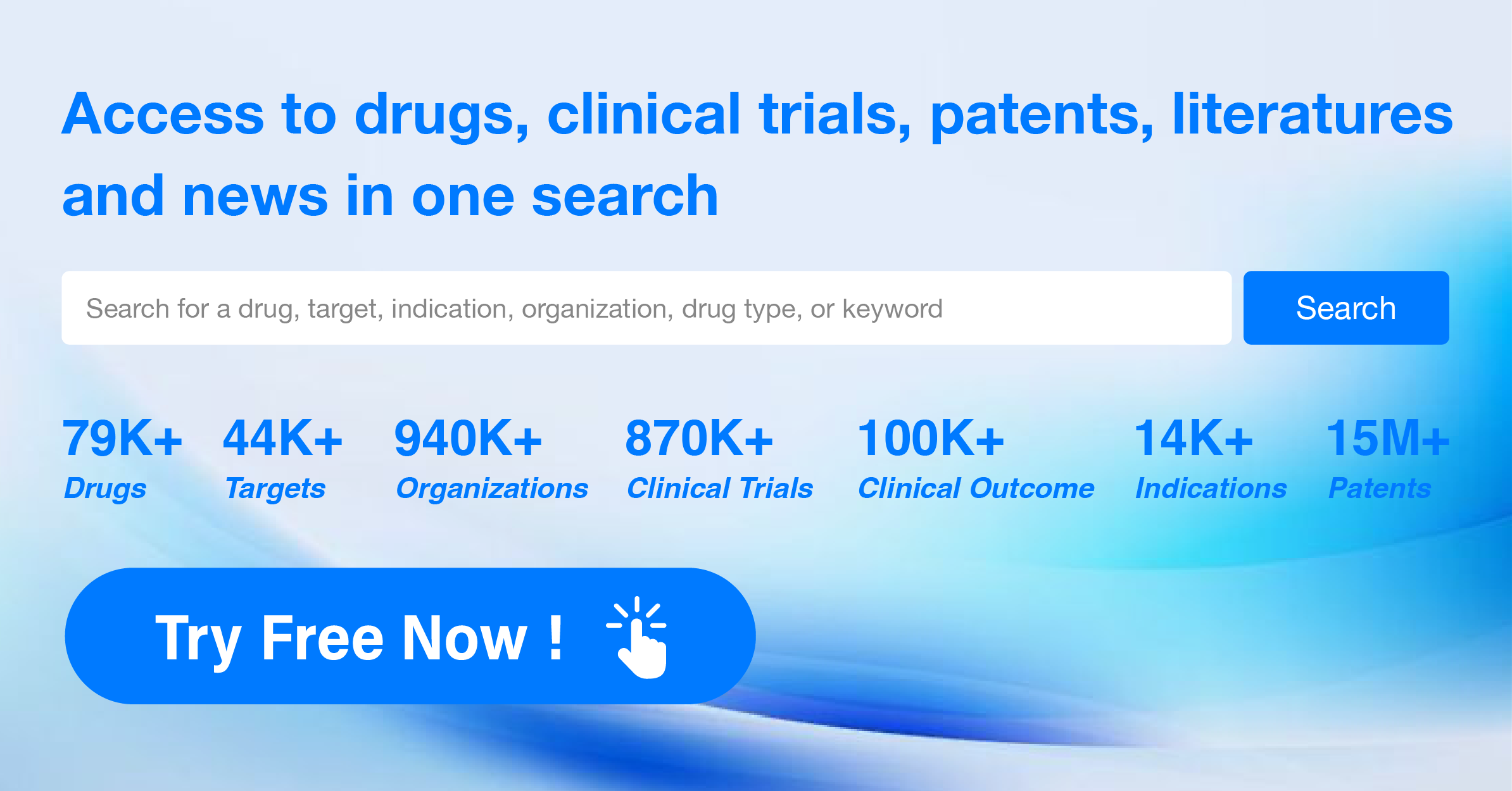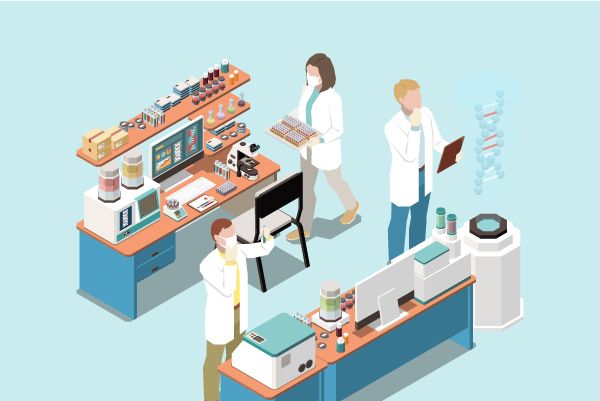The need for modified therapeutic proteins and why they need to last longer in the body
Chemical and structural changes in therapeutic proteins are possible and are carried out frequently to accomplish pharmacological or clinical benefit. Such modifications are essential as the drug needs to pass through various membrane barriers, e.g. to reach a tumor. Active targeting of a drug is typically achieved by conjugating it to a target entity that improves bioavailability and reduces systemic toxicity.
Half-life extension technologies are now entering the clinic. Importantly, they are allowing the implementation of new biologic therapies, especially those involving short-acting therapeutic agents that would otherwise require frequent dosing profiles, which is particularly beneficial for the treatment of chronic conditions.
Modified therapeutic proteins can also be applied in a technique called the Antibody Directed Enzyme Prodrug Therapy (ADEPT) for cancer targeted therapy. ADEPT therapies are designed to generate toxic chemotherapeutics at the site of malignancy, potentially improving efficacy and reducing side effects. The design of the modified therapeutic proteins aims to produce enzyme variants with good catalytic efficiency, high-levels of stability and reduced immunogenicity. Such extra features will often increase the protein’s circulatory half-life, i.e. the time that the protein will circulate in the blood. This lead to the decrease of the number of doses required to be given to the patient, thereby reducing the possibility that the patient will generate antibodies to the modified protein and limiting the time available for the targeted cancer cells to mutate and hence avoid or resist the treatment as in case of glucarpidase. It has been shown that protein modification using PEGylation or HSA gene fusion of glucarpidase produces forms of the enzyme with a much longer half-life and more resistant to proteases .




